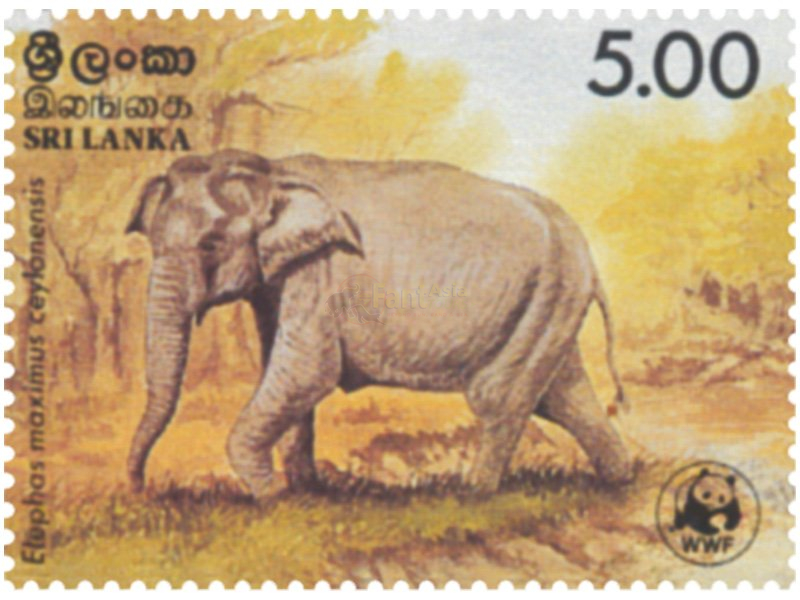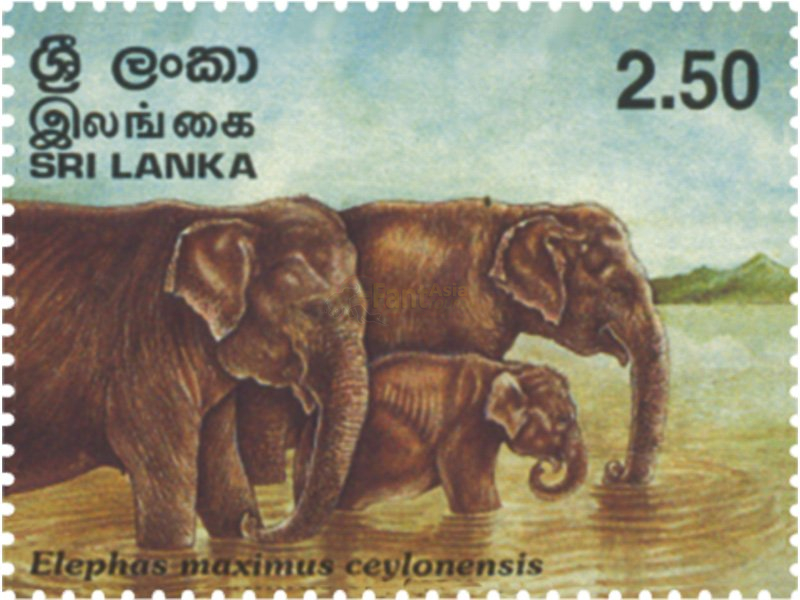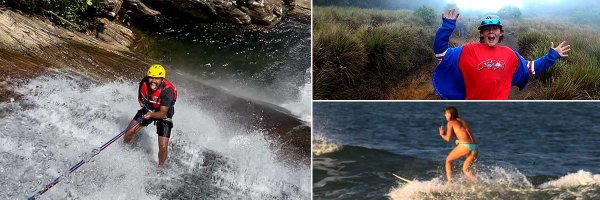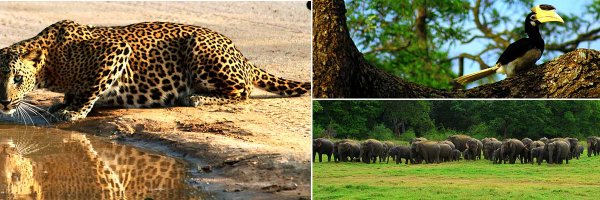
Wildlife safari, Maduru Oya national park
- Maduru Oya is known since ancient times due to the Maduru Oya River which is a main water stream in the area. Today it is famous for the Maduru Oya reservoir built in the 1980s under Mahaweli Development Project and the national park which also established under this project.
It was established in 1983 to provide refuges for displacing wild animals due to reservoir project and catchments for the reservoir. The indigenous Vedda people, Sri Lankan hunter-gathers who are living in the project area resettled in Henanigala near the national park.
The national park is located 255 km from Colombo and 50 km from Polonnaruwa. If you are looking for a wildlife safari in a less crowded, isolated, and tranquil place with more elephants, Maduru Oya national park would be ideal.
- Maduru Oya is known since ancient times due to the Maduru Oya River which is a main water stream in the area. Today it is famous for the Maduru Oya reservoir built in the 1980s under Mahaweli Development Project and the national park which also established under this project.
It was established in 1983 to provide refuges for displacing wild animals due to reservoir project and catchments for the reservoir. The indigenous Vedda people, Sri Lankan hunter-gathers who are living in the project area resettled in Henanigala near the national park.
The national park is located 255 km from Colombo and 50 km from Polonnaruwa. If you are looking for a wildlife safari in a less crowded, isolated, and tranquil place with more elephants, Maduru Oya national park would be ideal.
Most Striking Feature
- Sri Lanka is a country that has brilliant hydraulic civilization and unbelievable irrigation systems in the ancient past. The ancient Maduru Oya sluice was found at the exact place where the present sluice of Maduru Oya Reservoir is being built under the Mahaweli Development Project.
The proposed sluice by the engineers for the present Maduru Oya dam was technically parallel with the ancient sluice discovered. The preserved ancient sluice can be seen in the park. This ancient dam belonged to the 1st century BC according to Carbon dating carried out in the USA. But according to local belief, it was built far back in the 6th century BC by the indigenous “Yaksha” tribe who believed to be masters in irrigation technology.
Landscape & Views
- Most of the area in the park is open savannah due to shifting Chena cultivation before it declared as a national park. There are a few isolated mountains within the park and outside the park. Omunugala mountain range with 2 peaks is the highest which has a historic background. At the peak of the mountain, a panoramic surrounding view can be seen.
History & Archaeology
- Other than the ancient Maduru Oya dam there are so many ruins including temples, stupas, statues, and hermitages that can be seen within and outside the park. Ruins are at Henanigala, Uluketangoda, Kudawila, Werapokuna, and Gurukumbura.
Kandegama mountain, people in the area called Alien Mountain because of some UFO (unidentified flying object) sighting in the sky around this mountain and ancient Buddhist cave temple near Maduru Oya national park. The top of this mountain is a flat semicircle with different vegetation.
Biodiversity & Rare Species
- The area is a tropical dry mixed evergreen forest. But due to shifting Chena cultivation before it declared as a national park, large open plans with huge grasses can be seen. Park is most famous for its elephant habitat. Other than them sloth bears, Sāmbhar, spotted and barking deer, wild boar Torque macaque, Purple-faced leaf monkey, wild buffalo, and nocturnal Slender Loris can be seen. This park is more renowned for reptiles and diverse aquatic avifauna and fishes due to the Maduru Oya reservoir.
Access
This park can be reached from 3 different directions:
From Colombo – Dambulla – Bakamuna – Elahera – Hettipola – Nawamedagama – Park
From Kandy – Mahiyanganaya – Giradurukotte – Nawamedagama – Park
From Polonnaruwa – Aralaganwila - Park
Visiting hours for the Park - 6 a.m. to 6 p.m.
Mode of safaris - Only Jeep Safaris
Best time of the day to visit the Park - 6 a.m. to 10 a.m. & 3 p.m. to 6 p.m.
Best months to visit the Park - Throughout the year.

 +39 - 39 - 307 6 3730
+39 - 39 - 307 6 3730 +94 - 74 - 000 9208
+94 - 74 - 000 9208







Share this page